Perceptual Experience Lab (PEL)
A multi-sensory research facility used to stage simulated environments for Human-Centred Design (HCD) praxis
The Perceptual Experience Lab (PEL) is a multi-sensory research facility used to stage simulated environments for Human-Centred Design (HCD) praxis. Unlike augmented reality (AR) and virtual reality (VR) technologies, simulated task environments (STE) use a video theatre design.
The PEL rear display system has been developed using commercial projection technology and delivers 200° of seamless field-of-view content around the user. The bespoke floor to ceiling screen uses cylindrical media which is surface mapped to produce environments that are not traditionally accessible for research purposes.
The staging area that participants occupy can be configured in terms of sight, sound, smell, temperature, air movement and physical objects. Allied props and multisensory cues are used to increase presence, providing real-life context for product testing.
The PEL facility has been used to present simulations for tourism, the food industry, product development and consumer research, providing the opportunity to examine how people interact with the world around them.
The PEL is an embryonic project, with immersive and presence capabilities evolving through research:
Ambisonics array: A multi speaker audio system surrounds the screen technology. Spatial panners are used to position audio FX within the physical array to create an immersive soundscape.
Reverb pathway: Microphone input allows speech to be altered by environment acoustics. Impulse responses are applied to sound projects, providing participants with feedback of real acoustic spaces.
Smell delivery: A prototype compatible with UNITY (cross-platform game engine) is under development. Involving a mini network of perfume dispenses it delivers smell directly to the participant through motion tracking capabilities.
Complex real environment variables can be controlled in the PEL, potentially making it easier to study behaviour appropriate to the research question of interest.
The PEL facility provides a robust user testing environment for the application of stimulus-response methods on subject’s experience and behaviour. Numerous biometric technologies are available to provide physiological measurements via sensors that monitor specific bodily activity (e.g., pulse rate, brain activity, sweat glands, visible expressions, and pupil diameter).
Our implementation of eye-tracking within simulated food and drink settings, have provided unique insights into shopper engagement with packaging to determined product preference. This has been used to better understand consumer purchasing behaviours and improve in-store merchandising. The application of eye-tracking and observational technology during simulations of food processing scenarios is currently being used to explore the interaction of a target audience with critical food safety interventions.
Cardiff Metropolitan University offer a welcoming research environment for academic and commercial projects. We are interested in collaborative partnerships in relation to conducting STE, eye-tracking, observational and physiological research.
Lead organisation
Cardiff Metropolitan University – Cardiff School of Art & Design (CSAD)
Hardware
Simulated task environment (STE) video theatre
Team
Dr Joseph Baldwin – Research Fellow in applied user testing and simulated task environments.
Martin Southerland – Commercial and Marketing Director at ZERO2FIVE Food Industry Centre.
Professor Gareth Loudon – Associate Dean of Research at CSAD.
Professor Steve Gill – Director of Research at Cardiff Metropolitan University.
Gallery
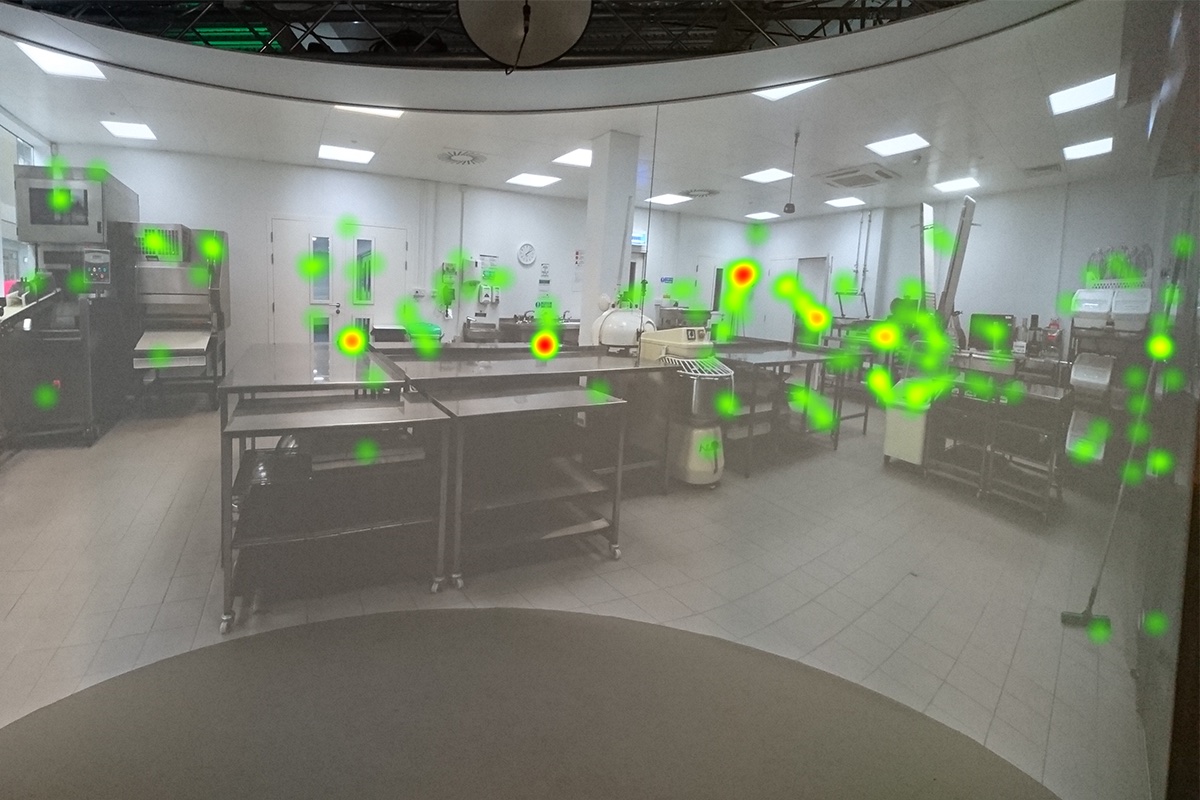
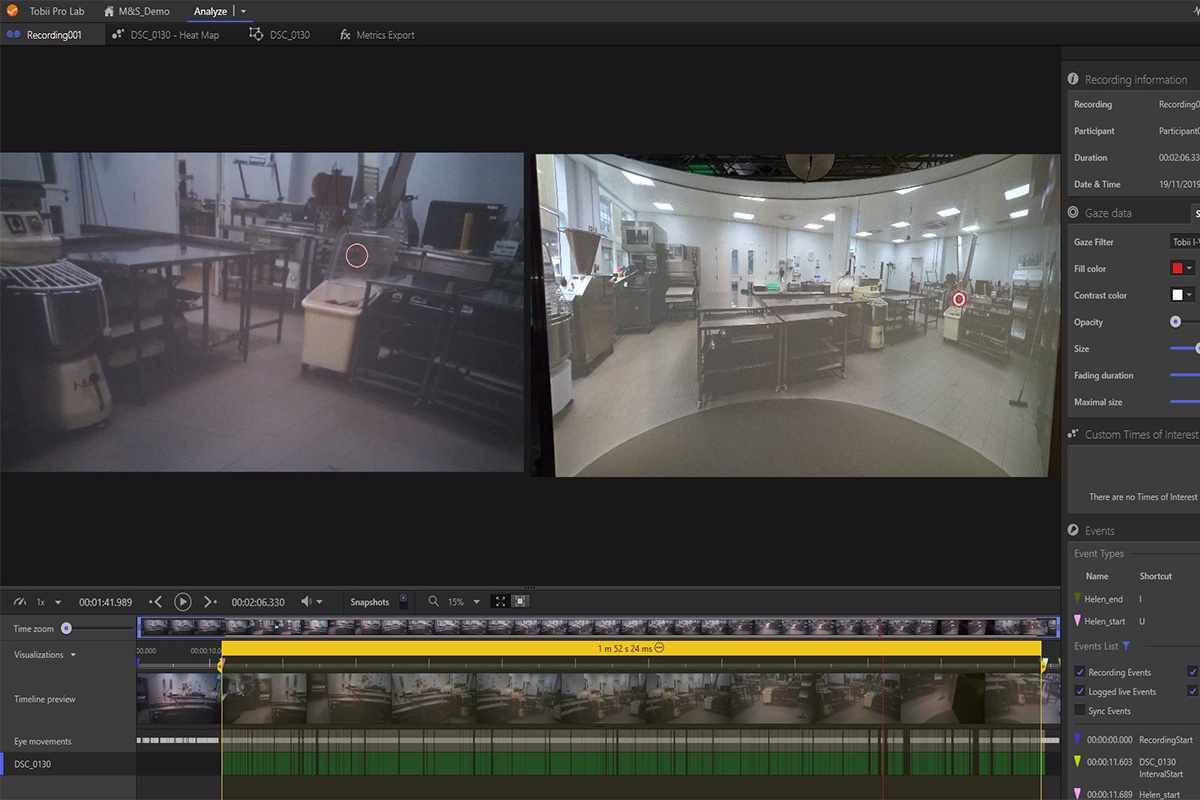
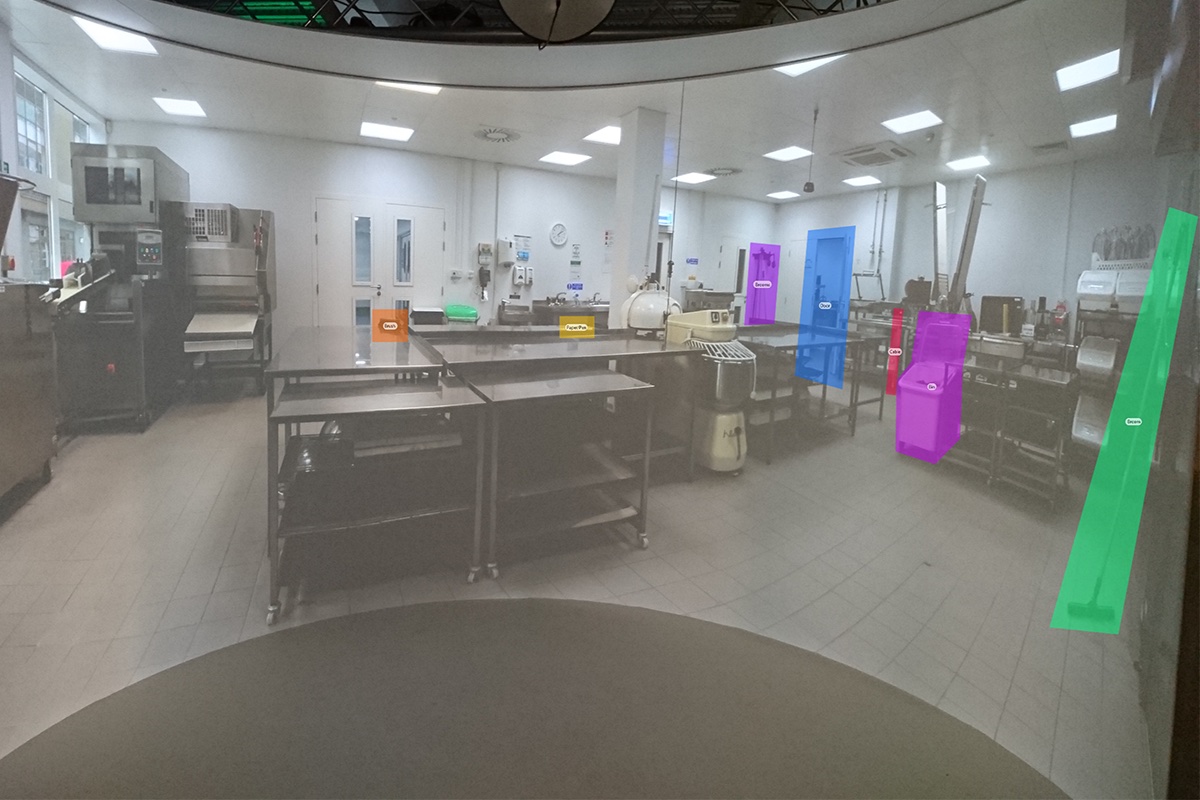
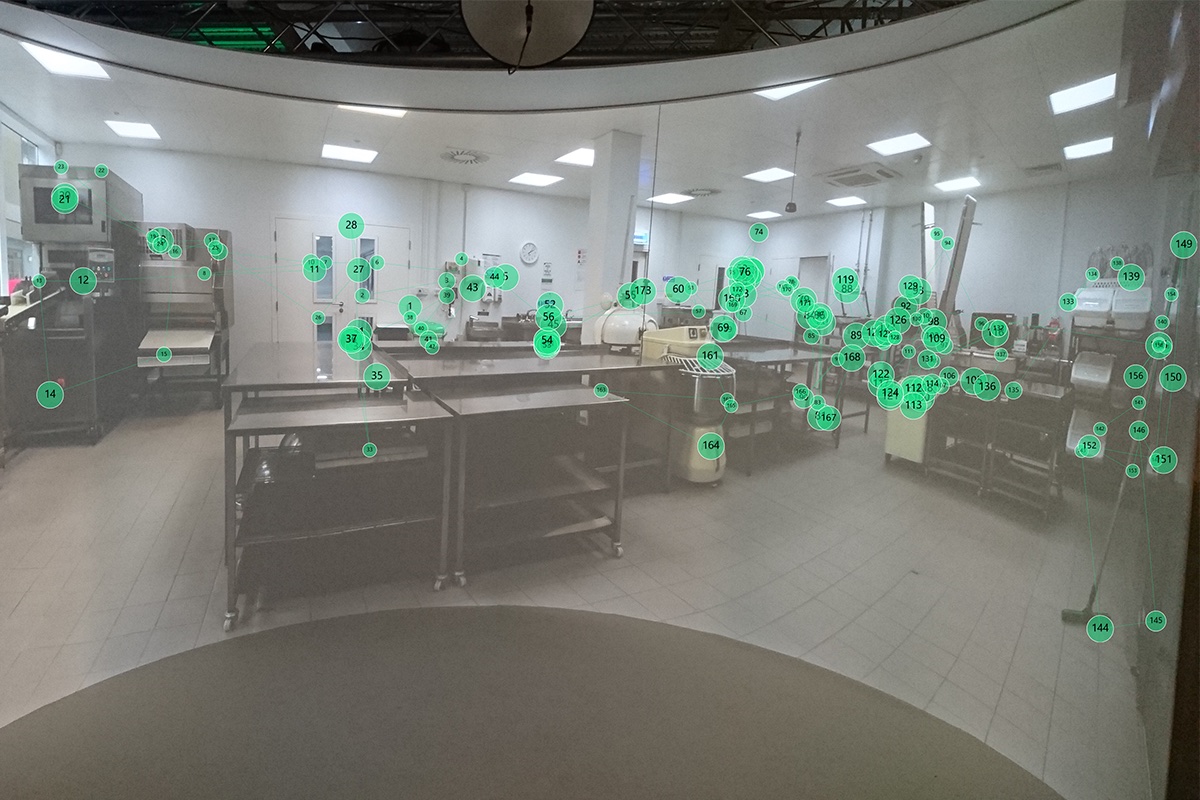
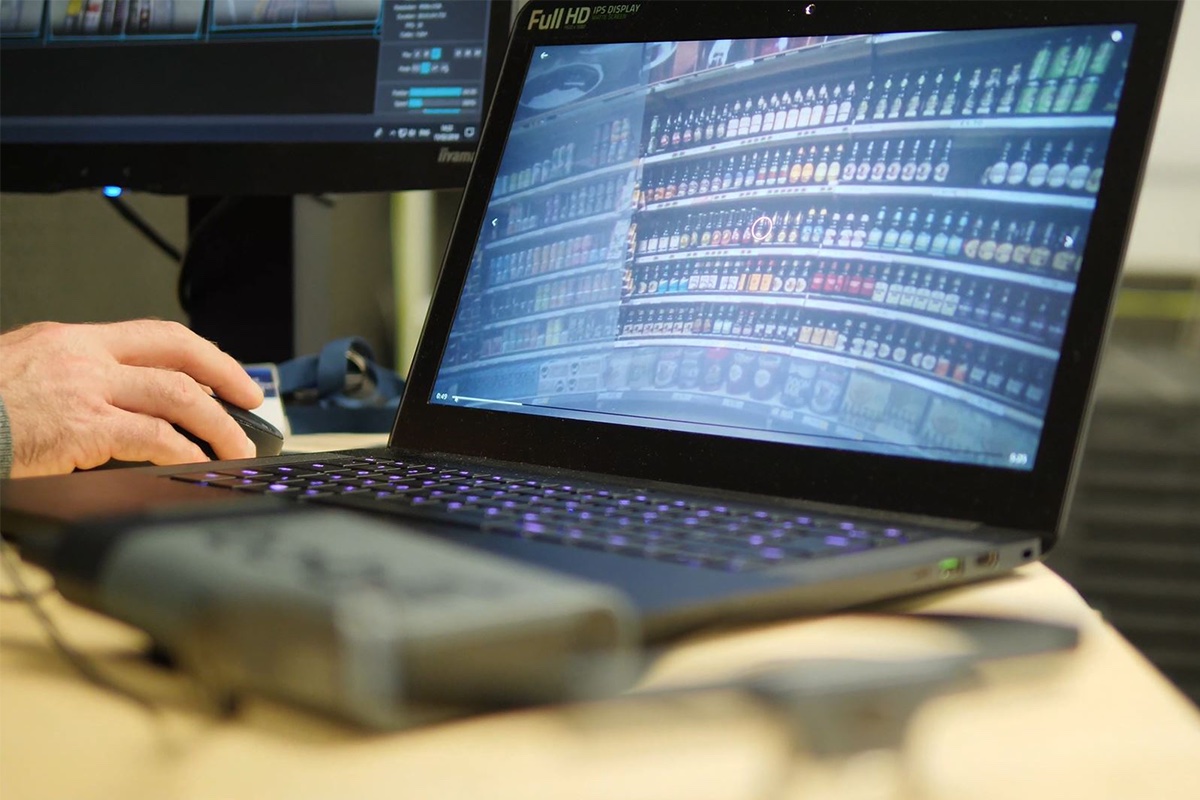


Videos
The Perceptual Experience Lab (PEL) provides a robust user testing environment for the application of stimulus-response methods on subject’s experience and behaviour

